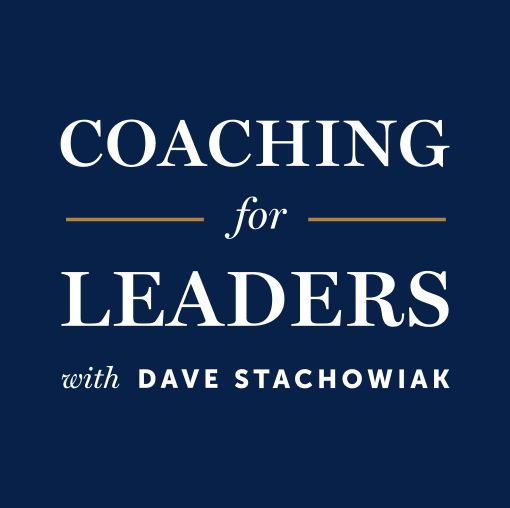Jess Britt
Jess Britt is an experienced executive and nonprofit board chair. Today as a coach and consultant, she uses a facilitative leadership approach to empower leaders and teams to build collaborative, high-performing, data-driven workplace cultures. She’s an alum of our Academy and for the past two years, has taken a leadership role inside our community as a Coaching for Leaders fellow, providing coaching and facilitation to our members.
While some leaders love to hate meetings, a well-designed meeting can open huge opportunities to connect, engage, and build culture on a team. In this conversation, Jess and I zero in on simple tactics that will help you engage attendees and lead meetings that people actually enjoy. We explore how objectives, facilitation tactics, and adult learning principles can help and invite you to start with one.
Key Points
- Identifying both shared and non-shared objectives helps you design meetings, informs how you show up, makes meetings less frustrating, and helps you pivot.
- Invite discussion and engagement at the start with a warm-up question. If possible, connect the question to an objective of the meeting.
- Check-out questions are a quick indicator of what worked and what didn’t. Use emojis, voting, or a quick question to assess, and follow up if something didn’t land.
- Adults learn best by drawing on past experiences and taking action. Bring in role plays, think-pair-share, and gallery walks to help engage people.
- Simple debrief questions will open up insights. Consider prompts like: “What came out of this?” “What did you hear?” and “I heard you discussing an idea. Tell us more.”
Reach out to Jess at jess@jessbritt.com and tell her one thing you tried from this conversation and what happened. She’ll respond by sharing her full guide of meeting facilitation ideas we weren’t able to entirely cover in this episode.
Resources Mentioned
Related Episodes
- How to Lead Meetings That Get Results, with Mamie Kanfer Stewart (episode 358)
- Moving Towards Meetings of Significance, with Seth Godin (episode 632)
- Bringing Your Strengths to a Big Job, with General CQ Brown, Jr. (episode 691)
Discover More
Activate your free membership for full access to the entire library of interviews since 2011, searchable by topic. To accelerate your learning, uncover more inside Coaching for Leaders Plus.





